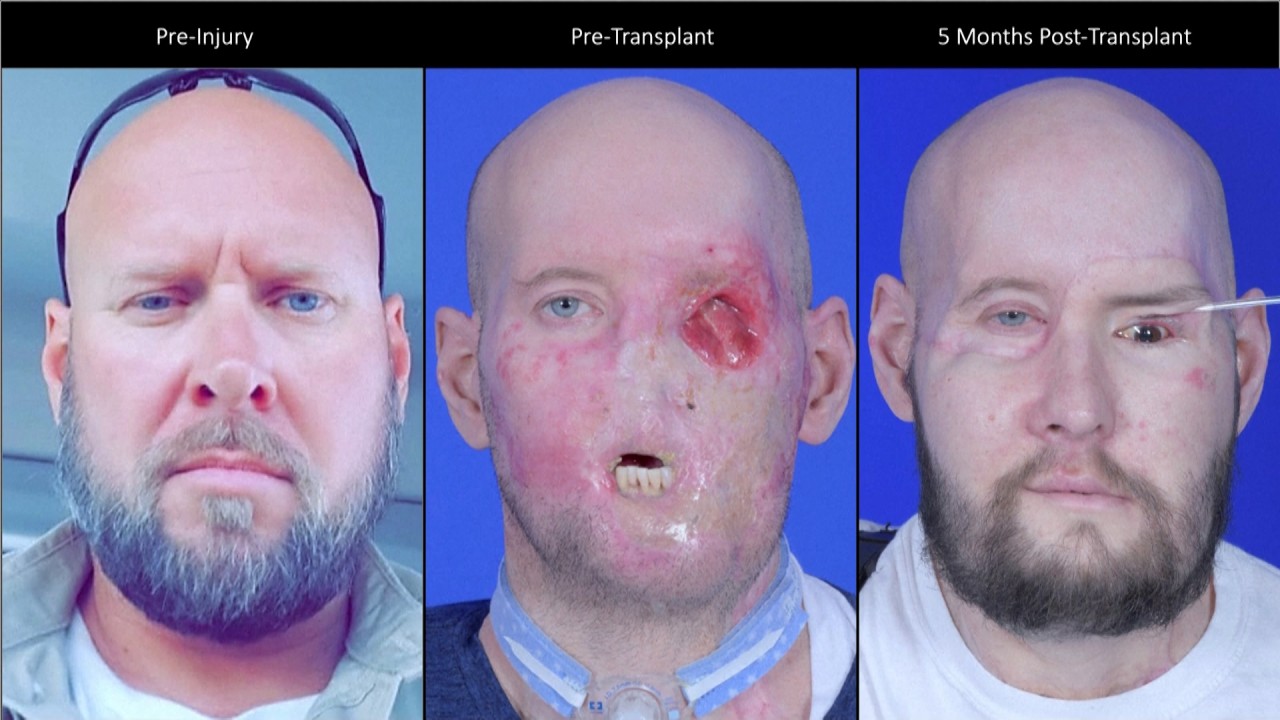Could rat brain cells in mice help grow human organs in animals? A new study offers clues
Researchers had already grown rat pancreatic, reproductive and thymus cells within mice using IBC, according to the team’s paper published in the peer-reviewed journal Cell on April 25.
“To date, however, interspecies blastocyst complementation has not been achieved for any brain tissues,” said the researchers from University of Texas Southwestern Medical Centre and the Chinese Academy of Sciences.
“[This] provides a unique platform to study development and holds the potential to overcome worldwide organ shortages.”
The researchers said the generation of brain tissue in one animal species from another could help to understand the evolution of brain development and function.
It could also “provide a crucial foundation for addressing ethical concerns” about the growth of human cells in animal brains due to IBC.
To create the rat-mice chimeras, the team targeted a series of candidate genes that they thought might affect brain cell growth and used CRISPR to generate mouse embryos without one of the genes.
The researchers then injected the early-stage embryos with rat-derived stem cells and confirmed that a defect on the Hesx1 gene allowed the donor cells to fill the development gap.
The result was rat brain tissues grown in mice.
The rat forebrain tissues that grew within the adult mice “were structurally and functionally intact” and analysis revealed that they grew at the same pace as the host while maintaining “rat-like” function, the paper said.
However, as the mouse embryos developed, the contribution of rat cells in the fetuses decreased both in the brain and around the rest of the body.
Although rat cells were still present in the brains of adult mice, the team noted that further research was needed to study the potential “interspecies barrier” that might exist during development.
“Developing effective strategies to improve chimeric rates at mid-to-late gestation stages will be key to unlocking the full potential [of their method],” the team wrote.
The team’s method was also faster than traditional techniques.
In the past, researchers have had to breed adult mice to screen for a gene, a process that is labour intensive and takes longer.
“In this study, we introduce an optimised blastocyst complementation technique that allows for the efficient screening of candidate genes and streamlines the generation of functional rat embryonic stem cell (rESC)-derived forebrain tissues in mice,” the paper said.
The researchers said they expected that their new method “can be broadly applied to a wide range of organs, paving the way for utilising large animals as hosts in blastocyst complementation experiments involving human cells”.
